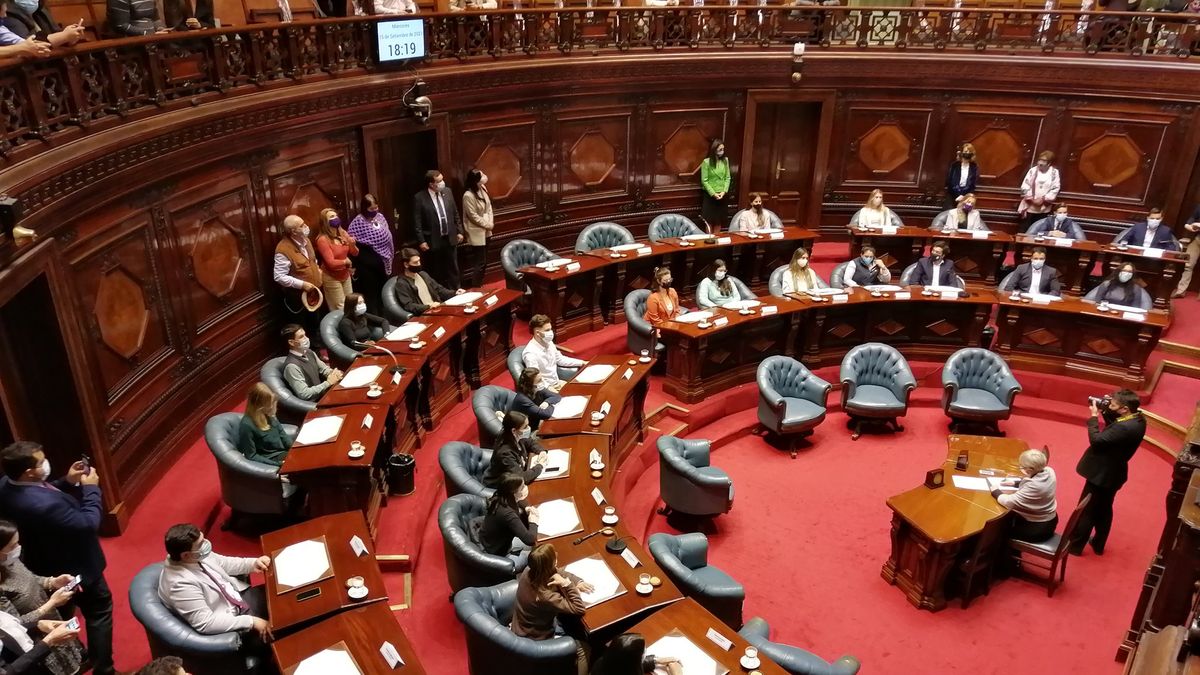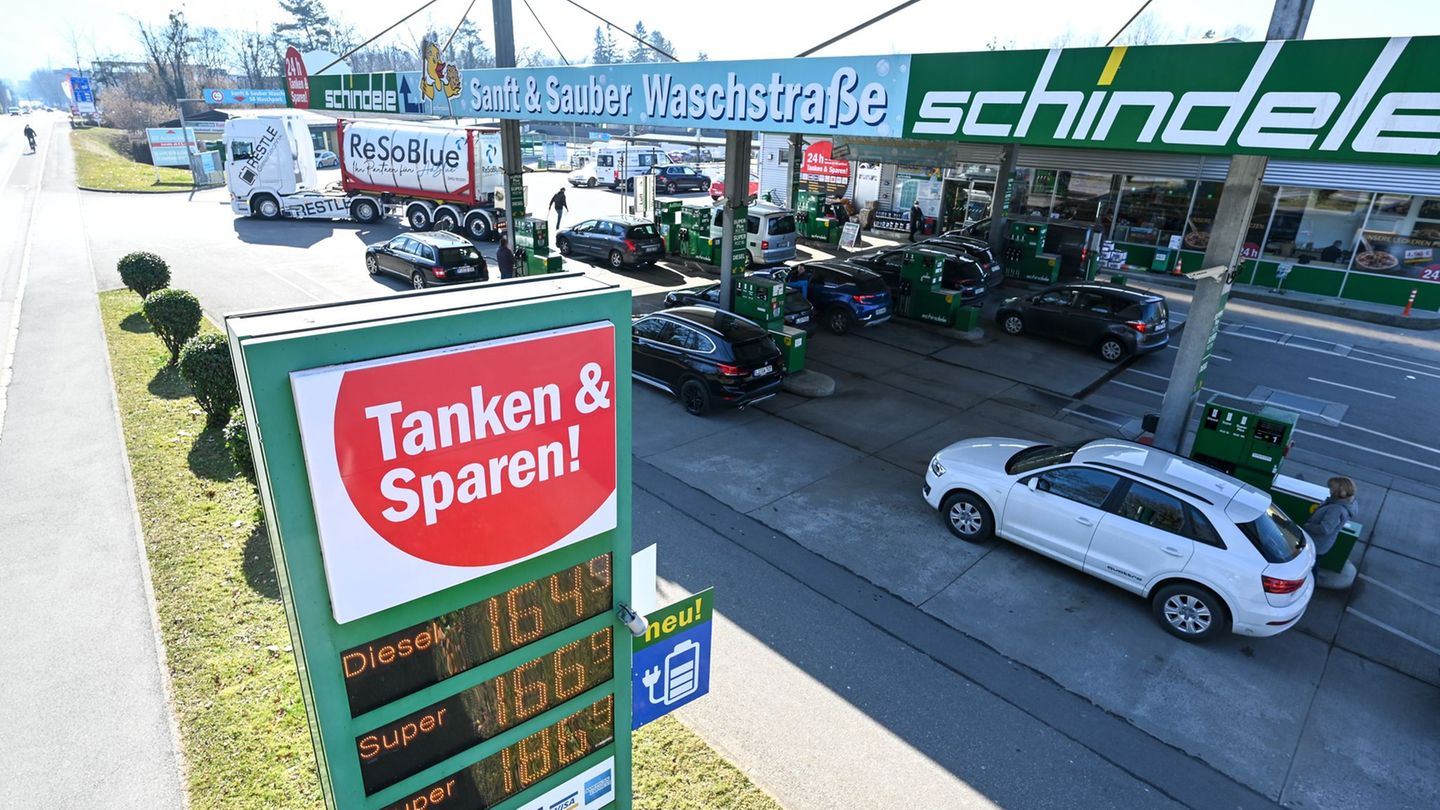Curfews, troops in the streets, armed men in a television studio: the images coming from Ecuador two weeks ago were a stark reminder of the rampant presence of violence and organized crime in Latin America and the Caribbean (LAC). The relationship between this violence and development has not been sufficiently debated.
Latin America and the Caribbean is the most violent region in the world and violence is increasing. The number of homicides per person is five times higher than in North America and ten times higher than in Asia. The region is home to 9 percent of the population and accounts for one-third of the world’s homicides.
Violence plays an important role in the decision to migrate. Doctors Without Borders points out that, while economic incentives are a push factor, violence is a decisive factor for migration to the United States from Central America. Violence also amplifies pre-existing inequality. Victims are overrepresented among the most disadvantaged: the poor, young people, ethnic minorities and LGBT+ groups.
Social and domestic violence is widespread and especially affects women. Political violence, including violent protests, police brutality, extrajudicial executions, and violence against human rights defenders, environmental activists, politicians, and journalists is also common. However, since the early 2000s, organized crime is the main source of violence in the region.
The situation is as discouraging as the region’s mediocre growth, its low productivity and its very high levels of inequality. However, we usually don’t stop to make the connections: there is evidence that more unequal societies tend to be more violent; and societies torn by violence cannot achieve higher growth rates to create jobs, end poverty and reduce inequality.
Violence affects economic growth through several channels. When it threatens property rights, it affects investment decisions. A study shows that, in Colombia, when the peace agreement seemed imminent, business creation increased. And it stopped when the agreement was rejected in a national plebiscite.
In the face of crime and violence, governments spend more on security and less on development; Violence destroys human capital by affecting the labor market and damages societies by reducing productivity.
In 2012, a World Bank report estimated the cost of violence at 8 percent of GDP in six countries in the region, and that a 10 percent reduction in violence would lead to a one percentage point increase in economic growth. annually in the two most violent countries.
Violence weakens the capacity of the State, making it more vulnerable and less able to take measures to defend itself. In extreme cases, it can undermine its sovereignty and independence.
Violence is the epicenter of LAC’s most pressing problems and, therefore, must be at the center of conversations about economic growth, productivity, poverty and reducing inequality.
There is no single policy that will magically eradicate violence, but there are identified priorities and areas where we need more knowledge to improve policy design. In 2016, a World Bank report comprehensively reviewed policies and programs that can prevent youth violence and have been effective in reducing gang membership. This report, and the one mentioned before, emphasize prevention as a priority and the importance of evidence for policy design. Vibrant economies that offer jobs will help lift young people out of crime, so economic growth itself would count as crime prevention. But there is the challenge of turning on the engines of economic growth in the midst of violence and crime.
The region needs better police and judicial systems protected from capture by criminal organizations, programs to care for the mental health of victims and repair the social fabric, systematic data production to understand patterns of organized crime violence and identify routes promising policies. It also needs to start a conversation about options to contain the organized crime violence that holds the region back and prevents all people from having lives they can choose and value. Problems of a supranational nature require coordinated solutions that go beyond national borders.
This column calls on governments, academia, the private sector, civil society and the international community to recognize the urgent need to act and join forces to together confront the monster that stalks Latin America and the Caribbean.
Vice President of the World Bank for Latin America and the Caribbean.
Source: Ambito
David William is a talented author who has made a name for himself in the world of writing. He is a professional author who writes on a wide range of topics, from general interest to opinion news. David is currently working as a writer at 24 hours worlds where he brings his unique perspective and in-depth research to his articles, making them both informative and engaging.




